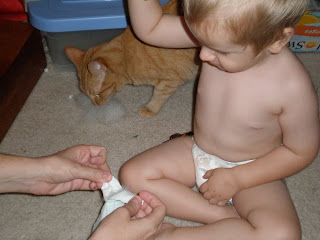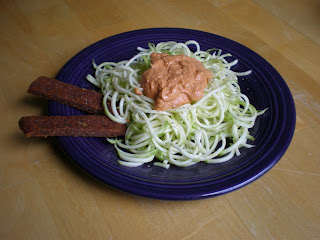
Step 1 was to figure out how big - I laid out the items that I need to keep in my purse and want to take to class. I then allowed for 1/2" seam (1/4" seam allowance on each of the sides). I also allowed space for the bulk of the items in each pocket. I then wanted to fold the organizer up to make the pockets about 3 inches.
Cutting the fabric - for my organizer, I used 2 pieces (one liner and one for the outer fabric) of fabric that measured 21" x 9" plus I used a piece of receiving blanket also 21" x 9" instead of interfacing - still trying to get rid of all this nursery flannel and using it in place of interfacing where I can.
Lay the right sides together of the liner and the outer fabric, then place the interfacing/receiving blanket on top of wrong side of the liner. Stitch together with a 1/4" seam allowance around all sides, leaving a 2" gap at the bottom for turning.
Clip corners and trim seam allowance, then turn inside out. Press, then edge stitch the entire rectangle. Fold 3" from the bottom up with the liner fabric facing you so that the liner stays on the inside. Stitch the left and right side so you have one big pocket. Measure where your pockets will go, mark with chalk and pin in place. Sew each line from bottom to top.
Place your goodies in the pockets, then wrap either around itself, or you can place it so that the items line the bag instead of wrapping around itself. Now you can easily transfer bags, or easily find your stuff in the pockets.












































